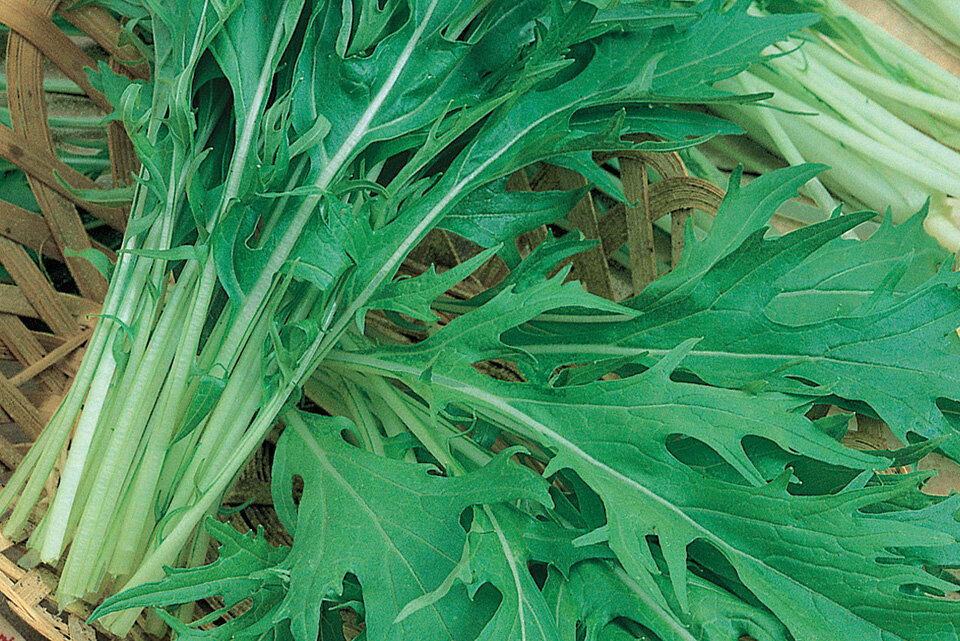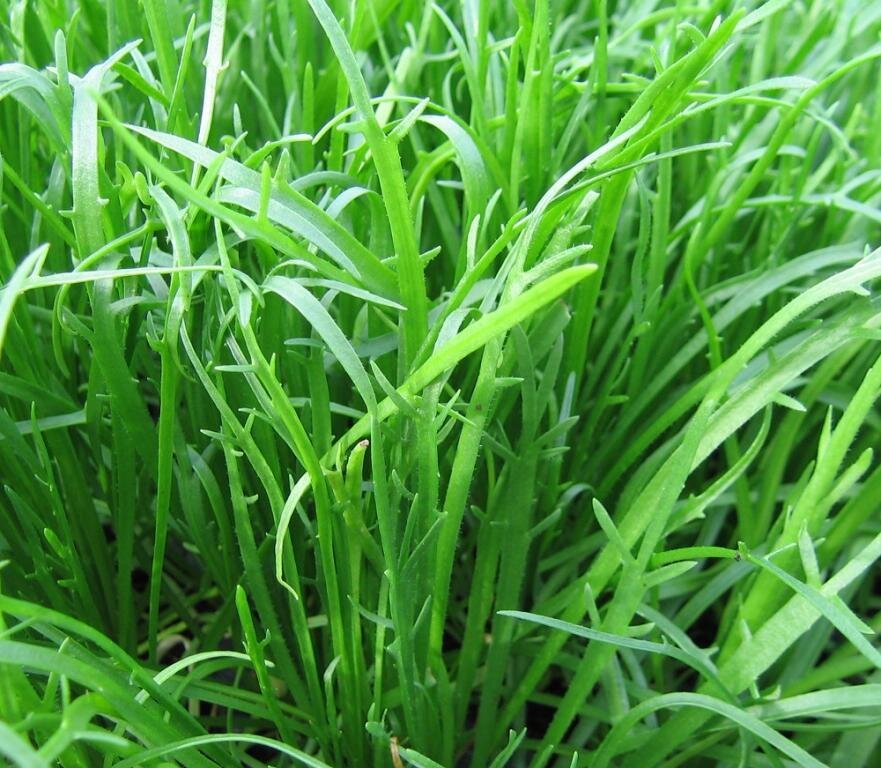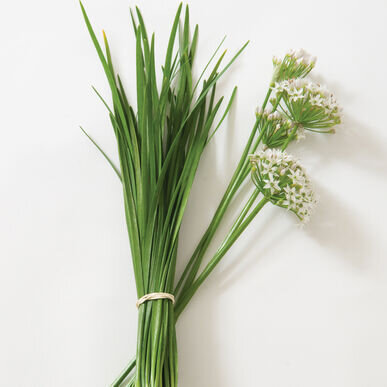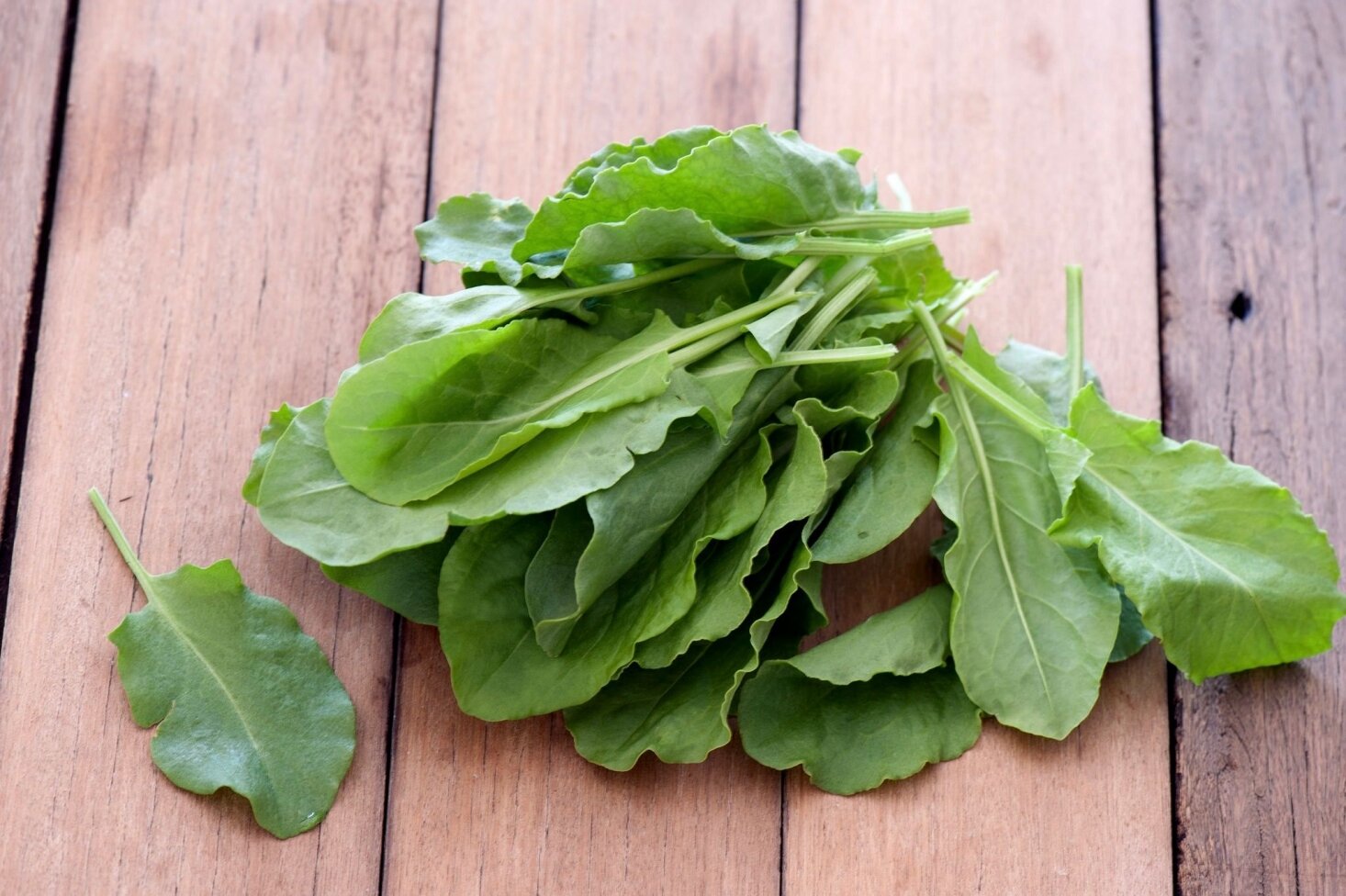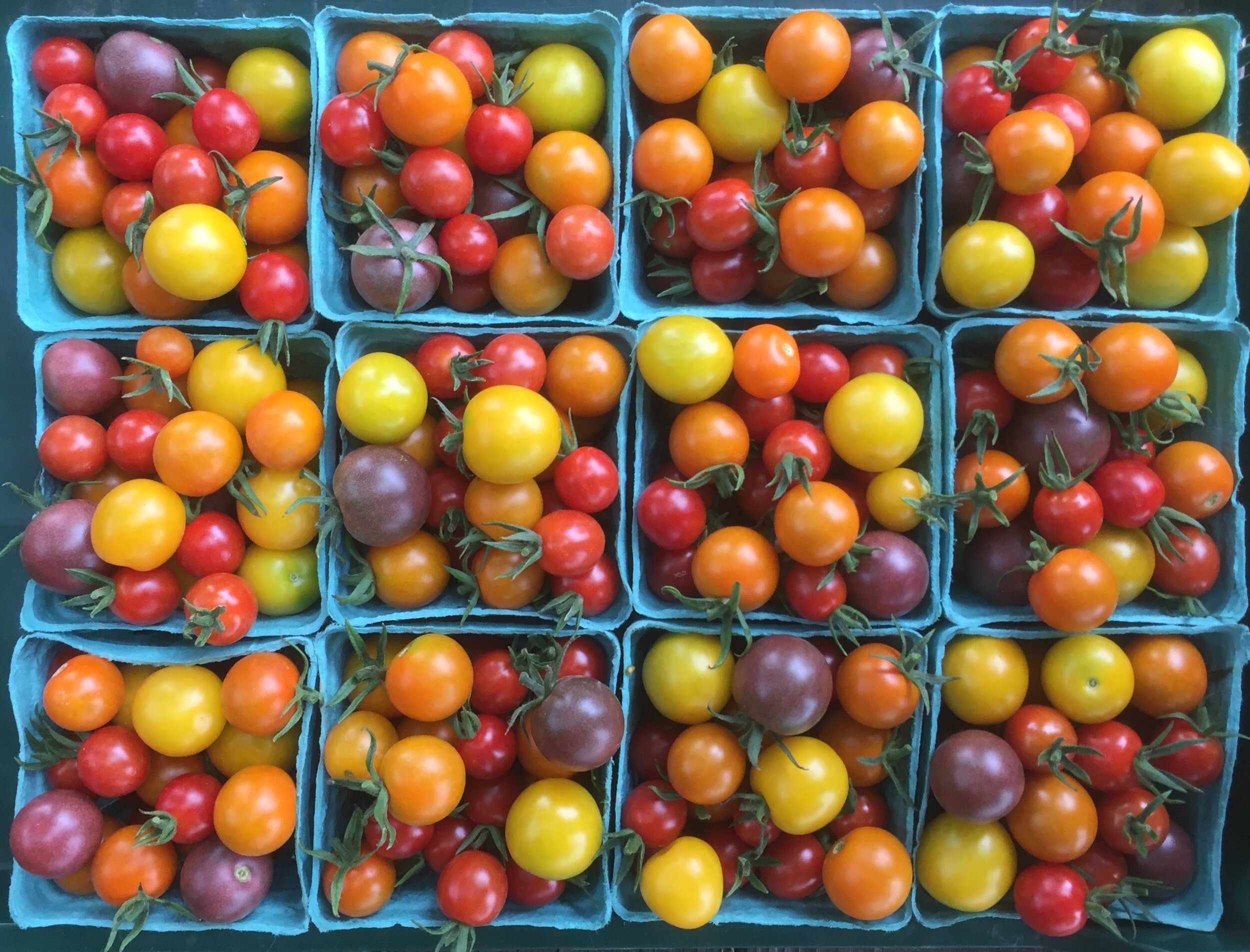Don’t be fooled by escarole’s lettuce appearance, it’s more bitter than you think! Part of the Chicory family, including endive, radicchio and other bitter greens, it has a more bitter flavor than it’s sweeter look alike, lettuce.
The sharp flavor comes from the outside leaves, which are darker and tougher, whereas the inside leaves are lighter in color and more tender.
You can eat escarole raw, but it is better cooked, sauteed with olive oil or tossed in a soup.
In soups escarole cooks down quickly while maintaining its bite without the flavor being too intense or being lost in the dish.
Store like all greens, in a plastic bag or container in the refrigerator.
RECIPES
Sauteed Escarole Recipe
2 Tbsp extra virgin olive oil
1 garlic clove, sliced
Small pinch of red pepper flakes (optional)
1 head escarole, well rinsed (and still a little wet), leaves removed from core, torn or chopped into 3 to 4 pieces
Generous pinch of sea salt or kosher salt
Heat olive oil in a large skillet on medium high heat. When the oil is hot, add the sliced garlic and red pepper flakes (if using). Once the garlic starts to cook and is fragrant, add the escarole leaves to the pan. The leaves should still be a little wet from rinsing. They’ll sizzle as they hit the pan, but if you add them all at once, the oil shouldn’t splatter. Use tongs to turn the escarole over in the pan as it cooks. Sprinkle with a little salt. When the escarole starts to wilt, and is barely cooked through, remove from heat. Remove from the pan immediately to serve. (https://www.simplyrecipes.com/recipes/sauteed_escarole/)


